Kayak carts: benefits, types & usage guide
Whether you call it a trolley cart with wheels, kayak dolly, or a kayak cart, you’re likely looking for a solution to transport your kayak from your vehicle to a launch point. These handy accessories can save time and save your back while protecting your boat investment.
This website may contain affiliate links meaning if you purchase through my link, I’ll receive a small commission at no cost to you.
When I rented a kayak from a local paddle shop near me last summer, I had never used a cart for a boat before (I own a folding kayak) and had no idea what to do. So, beginner recreational kayak dolly people, you’re not alone.
Thanks to the helpful shop employee training me with their expertise, I learned first-hand how to expertly use this handy boating accessory for a hardshell single kayak, and experienced the benefits first-hand.
Interested in learning about if a kayak cart will help improve your paddling adventures too?
In this article, we’ll cover:
What a kayak cart is, and the various benefits of using one
The types of kayak carts available (and which is best for you)
How to use a kayak cart (and lock it up on a dock)
Building a budget-friendly DIY kayak cart
Some of the most popular kayak carts to buy in 2023
What is a kayak cart?
Kayak carts are convenient accessories to transport a kayak on wheels, so you don’t have to drag your kayak (potentially damaging the hull and frame and reducing it’s safety and longevity) when you’re moving from one location to another.
Also called “kayak trolleys” and a “kayak dolly,” they are especially convenient when you have a heavier kayak, are paddling alone and don’t have an extra set of hands to help you lift the kayak, and when you need to move your kayak a great distance from a parking lot to a dock launching point.
It typically consists of a frame with wheels, a handle for pulling, and straps or bungee cords for securing the kayak to the frame. They can be made of different materials such as PVC pipe, aluminum or steel tubing. There are plenty of popular ones for sale from top outdoor gear brands, or many people choose to build one on a budget as a DIY project.
We recently rented sea kayaks from Ballard SUP & Kayak in north Seattle, Washington, and kayak carts helped the staff bring the boats down the ramp onto the dock launching point.
8 benefits of kayak carts
When you rent a kayak from an off-water location, such as the Portland Kayak Company near the Willamette River in Portland, Oregon, having a kayak cart to support you is pretty helpful. This local paddle shop, as an example, is located on a popular street–not on-water– and it’s a few blocks from the park water launch point. When I rented a kayak there recently, there was no way I could’ve carried that boat to the water by myself!
Here are some benefits to using a kayak cart for your own flatwater paddling adventures:
1. Convenience: A wheeled cart allows you to easily transport your boat to and from the water, without having to carry it by hand – making them particularly useful for people who have difficulty carrying a single or double kayak over long distances, or for those who want to keep their beloved recreational kayak in top condition by avoiding dragging it over rough terrain.
2. Safety: If the kayak is heavy or difficult to carry, or if the paddler has a condition (such as a back problem) or trouble transporting the boat alone or with a plus one, a kayak cart can make it easier on the human body to safely and easily transport the kayak. Just like how a person might use a dolly to move firewood from the backyard into the home, a cart on wheels can be a kayaker’s best friend.
3. Reduced strain: Carrying a kayak by hand can be physically demanding, especially over long distances. A kayak cart can help reduce strain on your back, shoulders, and arms (so you’re feeling good for a nice paddle on the water).
4. Increased capacity: With a kayak dolly, you can easily transport additional gear and equipment to and from the water, such as life vests, paddles, dry bag, water bottle, and even a cooler.
5. Access to remote locations: A kayak cart can make it possible to launch and retrieve your kayak from remote locations that would be more difficult (or even impossible) to access by foot. In the Pacific Northwest, for example, we have many beautiful lakes to kayak that require a short hike on foot to access.
6. Protection: Kayak trollys can help protect your boat from scratches and dings by keeping it off the ground and away from rocks, sticks, and other hazards. You’ve spent the money on a great piece of gear for your needs – and this handy accessory can help protect that investment for years and years of use.
8. Versatility: There are different types of kayak carts available to suit different needs, whether you need to transport your kayak on sandy beaches, rocky terrain, or pavement.
Types of kayak carts
All trolly cart designs and styles aren’t the same. While a kayak dolly cart usually features a frame with two wheels, and a handle or thick straps that can be attached to the boat hull, there are several variations of kayak carts available on the market. Each has their own set of features and benefits.
Here are a few of the most common types:
1. Beach carts: These carts are specifically designed for use on sandy or soft terrain. They have large, wide wheels that provide stability and make it easier to move a kayak through soft sand. For anyone into sea kayaking, or launching from sandy lake beaches, this could be a good option for you.
This image is an example of a folding cart, from Bonnlo, which helps show the size and scale for carrying and storage.
2. All-terrain carts: These carts are designed for use on a variety of surfaces, including sand, gravel, and pavement. They have larger wheels than beach carts, and often have air-filled tires for added stability. These are the wheeled carts I’ve seen most often here in Oregon.
3. Folding carts: These carts are designed to be compact and easy to transport. They can be folded up for storage, and are often lightweight and easy to maneuver.
4. Stand-up carts: These carts have a frame that allows the kayaker to stand up and push or pull the cart. They are ideal for people who have difficulty bending over or for longer hauls. Imagine those wheeled dolly carts in the garden center at Home Depot, and you know what we mean.
5. Inflatable carts: These carts have inflatable wheels which makes them easy to store and transport (making them particularly favorable for those living in cities and more urban environments). These wheeled accessories are also ideal for people who need to pack their gear in a limited space, like a car trunk.
Need a convenient folding kayak option? Check out Oru Kayak’s up to 50% off Black Friday Sale!
How to use a kayak cart in 5 steps
First, get your gear ready and make sure all the parts are securely in place. Depending on the trolly design you’re using, you may need to unfold the cart frame or inflate the tires.
Watch now in 3 seconds: our Portland kayak rental on a wheeled cart
Place the kayak on top of the cart's frame, making sure it is centered and balanced. When I rented an Eddyline single person kayak from the local paddle shop, they recommended that you position the kayak on the ground, aligning the cockpit next to the cart wheels. That way, when you lift sideways from the kayak cockpit, you can easily ensure that the cart wheels sit right under the seat – You can see from this photo and video the proper positioning.
Fasten the straps or bungee cords that came with the cart to secure the kayak to the frame. As you can see in the photo, the straps were positioned and secured over the open sit-in cockpit.
Pick up the cart by the bow (front) handle and begin to pull it, being mindful of your surroundings and any obstacles in your path – or, if you’re on a downhill slope, take extra caution. You’ll see immediately how easy and helpful it is to move your boat on wheels! Also, at Flatwater Kayak Club, we also deeply care about conservation and protecting our water and wildlife – so please don’t veer off-course and trample any delicate ecosystems along the way with your trolley tires and footprints.
When you reach your destination, such as the dock, river’s edge, or beach, simply reverse the process to remove the kayak from the cart and store the cart for future use. We’ll get into what “storing the cart” really means in the next section!
Need an amazing caption or nature quote for your next social media post?
How to lock up a wheeled cart
In many of the top Pacific Northwest flat water kayaking destinations, you’ll likely want to secure your kayak cart to protect it from theft. But some places may have more theft risk than others, so use your best judgement. It really wouldn’t be fun to enjoy a great paddle on a river and then return to the dock to discover your cart’s been stolen, right? So that’s where a convenient, lightweight, and easy lock comes into play.
When I rented my single boat from the Portland Kayak Company, they also provided me with a cable lock and guidance on how to do this – It’s really a simple and effective way to lock up a kayak cart so you can enjoy your kayaking excursion.
After you’ve removed your kayak from the cart, and you’ve got it in position to launch (don’t leave your boat in the water, of course), you’ll want to secure your cart.
Cable locks can be wrapped around the cart and a fixed object such as a tree or post to secure the cart (in my case, it was the post on a dock).
If you don’t know the combination by heart, or you’re using a key of some kind for the lock, wear a wristlet with the combination or place these important items in your kayak dry bag. The paddle shop gave me a bracelet that had the combo on it, and I tried to commit it to memory as well, just in case.
How much does a kayak trolley cost?
Entry-level kayak carts can cost around $25 to $50. These carts are typically made of PVC pipe or aluminum tubing and may have basic features such as basic wheels/tires and a simple handle. If this is the route you’re going for to stay on budget, you could likely DIY something similar for your needs.
Mid-range options can cost around $50 to $100. These carts may have additional features such as larger wheels, more durable materials like better tires, and adjustable straps for securing the kayak. There are tons of great mid-range options for purchase out there.
High-end ones can cost $100 to $200 or more. These carts are often made of high-quality materials such as aluminum or steel and may have advanced features such as inflatable wheels, adjustable handles, and multiple tie-down points.
Build a DIY kayak cart
If you’re hoping to save some money and go the homemade route for a wheeled cart, there are some YouTube videos and online templates for constructing a homemade version. And for spending less than $50 in materials, plus your sweat equity, you might have some fun building a DIY kayak cart and customizing it to your needs, while keeping more cash in your pocket too.
5 steps to make your own:
1. Gather materials: You will need PVC pipe, wheels, bolts, nuts, washers, and some type of strapping material (such as bungee cords or ratchet straps).
2. Design the frame: Using the PVC pipe, construct a frame that will fit the size and shape of your kayak. Make sure to include a handle for pulling the cart – this will be key!
3. Attach the wheels: Use the bolts, nuts, and washers to attach the wheels to the frame. Make sure the wheels are securely in place and can rotate freely.
4. Add strapping material: Use the strapping material to secure the kayak to the frame. Make sure the straps are tight enough to hold the kayak securely, but not so tight that they damage the kayak. You’ll want something that’s thick and durable to support the weight and size of your boat.
5. Test it out: Before taking your new kayak cart on the water, test it out on a flat surface (like your driveway) to make sure it rolls smoothly and the kayak is secure, and that there’s no risk of toppling it over, damaging the hull, or hurting yourself or anyone in your paddling party.
Best kayak carts for sale in 2023
Not all of us are handy enough or have the interest and time to build a DIY wheeled cart (um, I fall into this category, so no judgement!).
So, if you’re in the market to buy one, here are 7 popular brands that are known for their kayak carts.
Malone Auto Racks - Ooffer a wide range of kayak carts with different designs, materials, and capacity.
Boonedox - Recognized for their durable, easy to use kayak cart models.
TMS - They’re known for their variety of Kayak Carts including their J-Pro2 Kayak Trolley.
Seattle Sports - They’ve got a solid reputation for their high-quality kayak carts that are also very durable.
C-Tug - Widely known for their heavy-duty kayak carts that can support a large load capacity.
Bonnlo - Foldable models with solid durable tires, these are worth looking into for a great price.
ABN - Good universal wheeled cart option to transport a canoe, paddleboards, kayak, and more.
It’s always a good idea to check the reviews and do your own research before purchasing a kayak cart. Consider factors like the weight of your kayak, the type of terrain you'll be using the cart on, and the ease of assembly and use.
Better yet? Go and talk to your local paddle shop folks! These experts are dealing with kayaks all day, every day, and often testing out the latest models. They know the right questions to ask for your kayaking skill level and paddling gear too, and will help ensure you hit the water with confidence.
More free recreational kayaking resources
Discover more free resources that will help ensure you get the most out of your time on the water on our website:
I walked 400 miles to prep for kayaking season
Check out my favorite folding kayak options
Kayak racks: what buyers need to know
Everything you need to know about flatwater kayaking
Affordable gifts for kayakers (that they’ll actually love)
Learn to how to choose the best kayak for you
The best time to buy a recreational kayak
Top kayak storage ideas: solutions, tips & tricks
About Flatwater Kayak Club
We set ourselves apart as the leading woman-owned, free, online kayaking resource, thanks to our conservation-forward content and meticulously human-reviewed paddling experiences.
By offering valuable, credible, and responsible information, Flatwater Kayak Club aims to help beginner and intermediate paddlers in the Pacific Northwest safely navigate waterways and contribute to a sustainable future for the global kayaking community.
You’re here, you’re in. The water awaits.

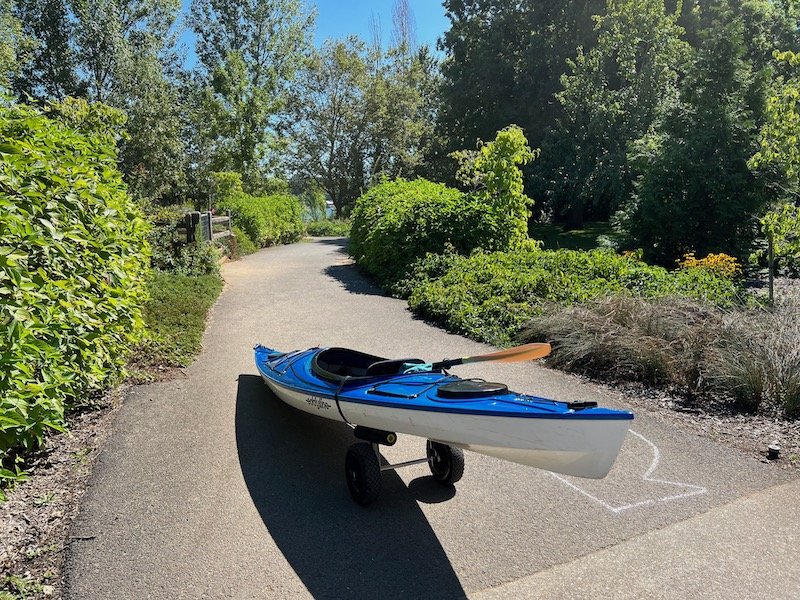

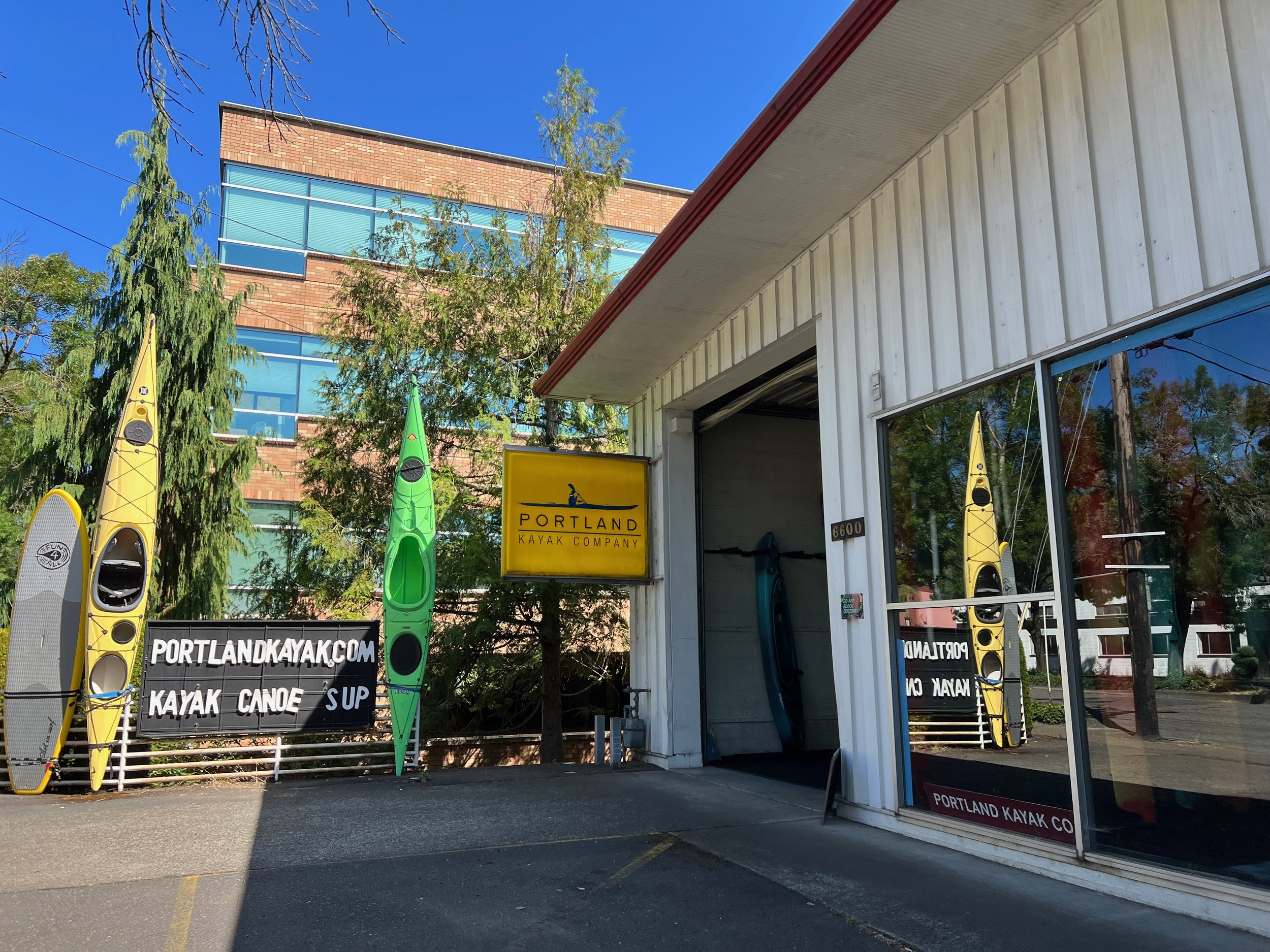

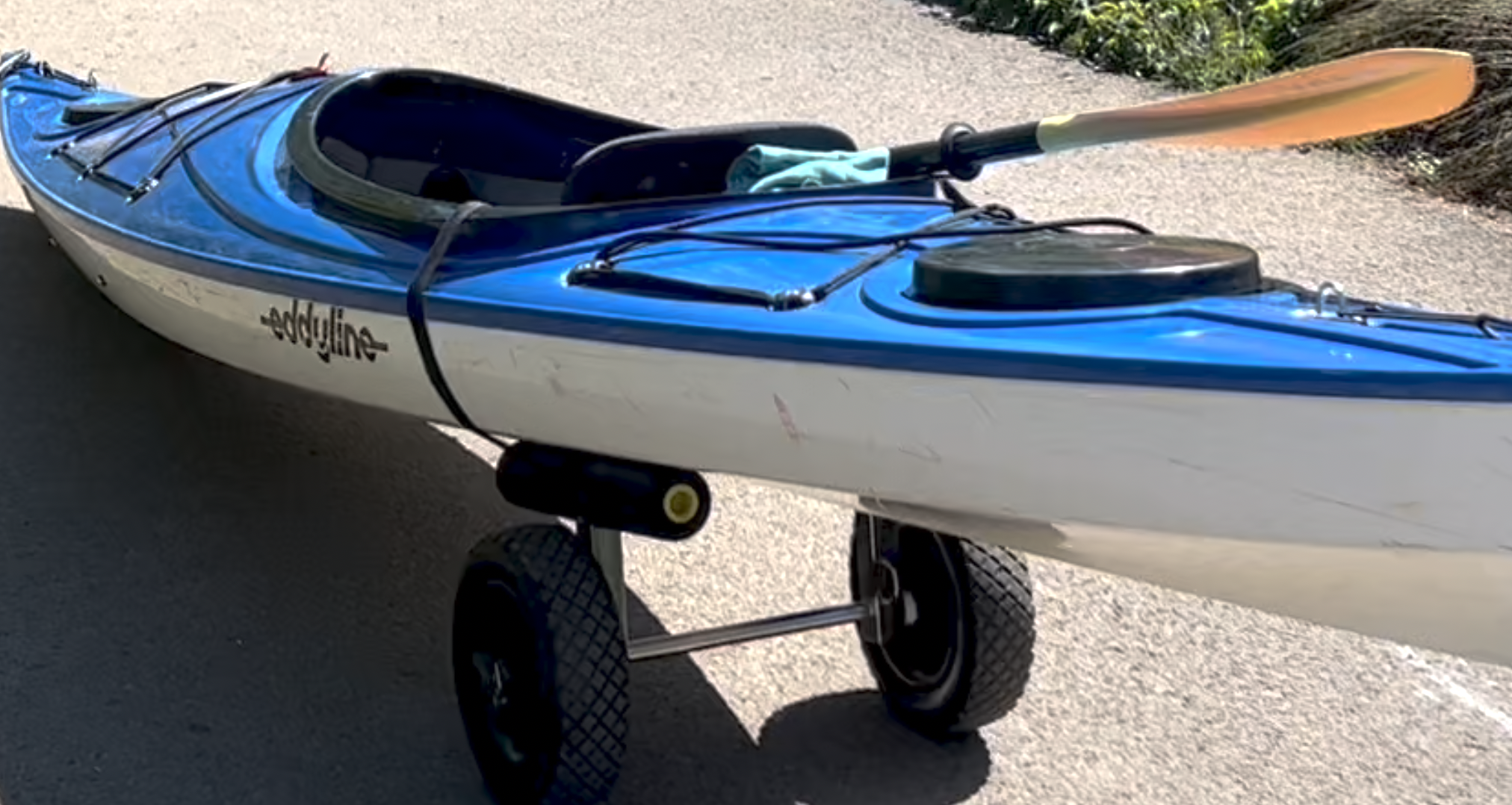
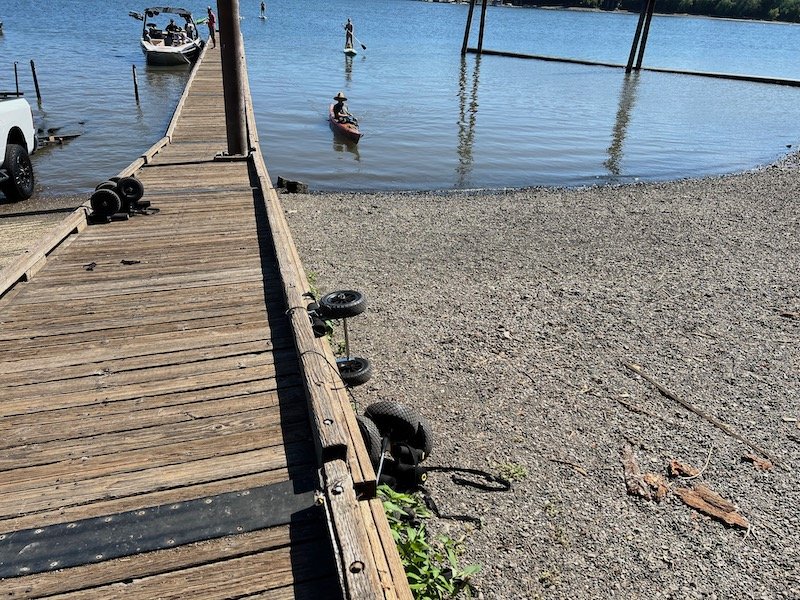
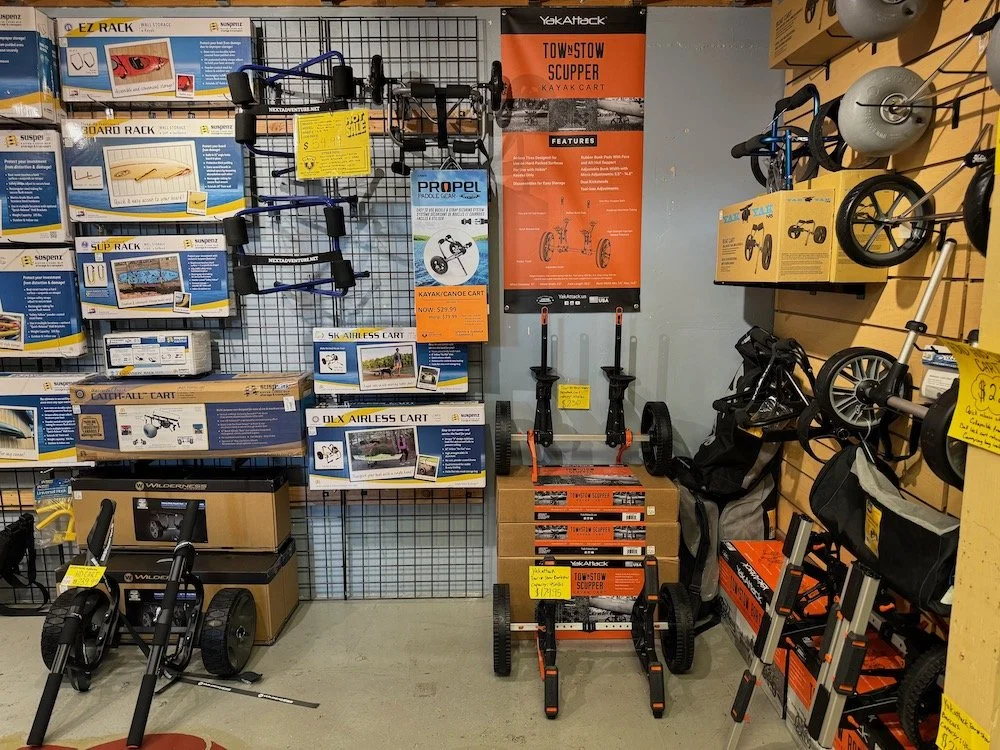
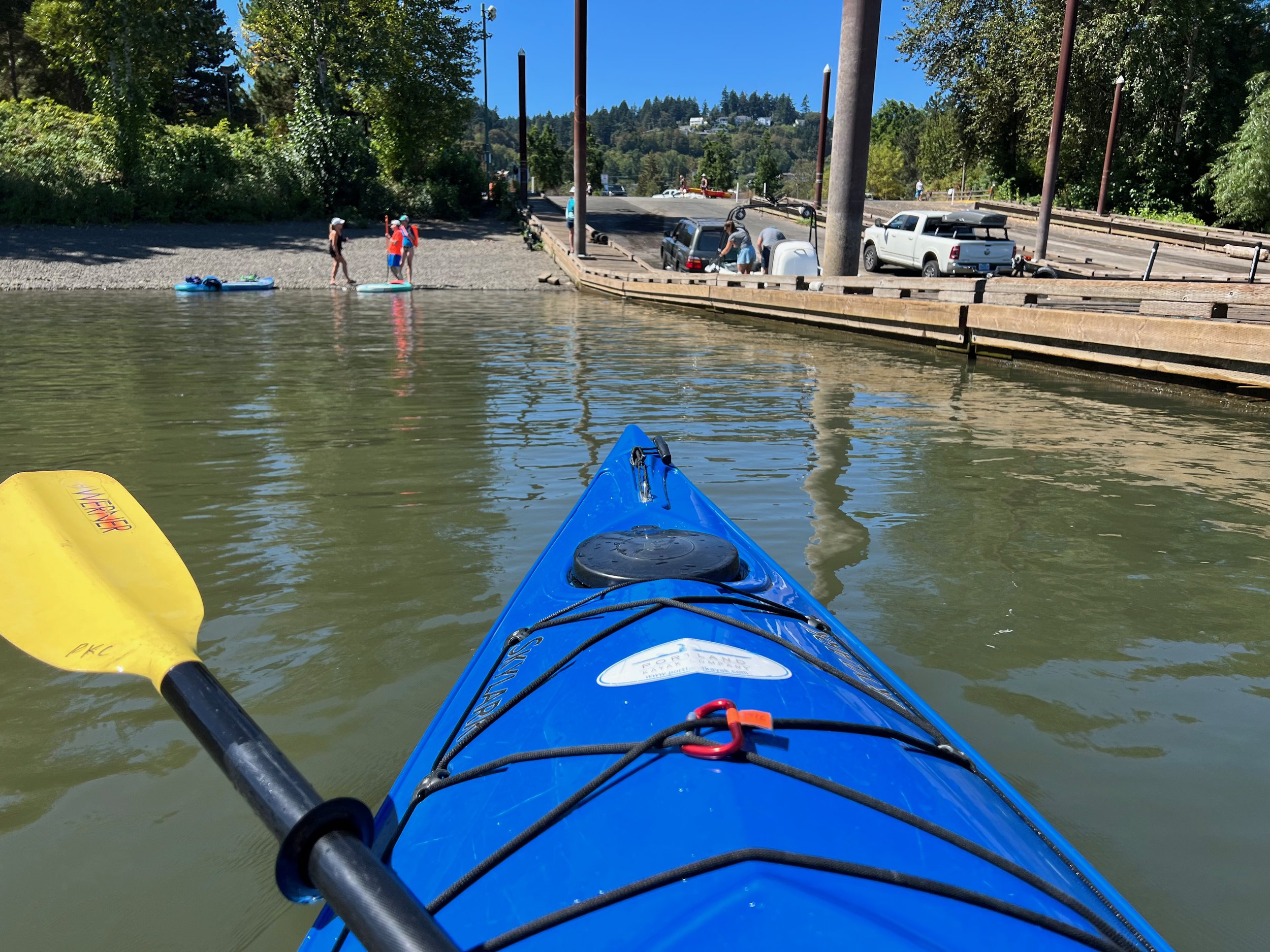
![Floating home cabin for rent [REVIEW]](https://images.squarespace-cdn.com/content/v1/62c5c6be9225615a8d0231a9/5288183e-d43e-418c-9fa1-095bc59b4e3f/FloatingHome-Rental-Oregon-OruInlet-Kayaking-FlatwaterKayakClub.jpeg)

Have you ever wanted to paddle over Glacier-clear waters on a glass-bottom kayak? Learn about a spectacular location in the Pacific Northwest.